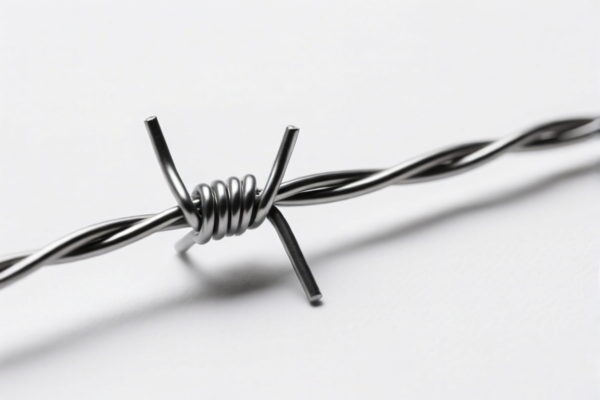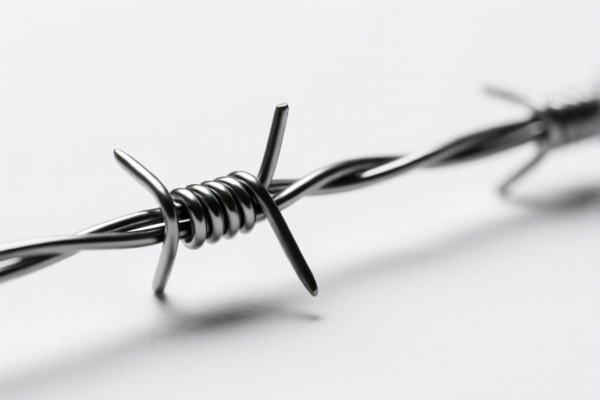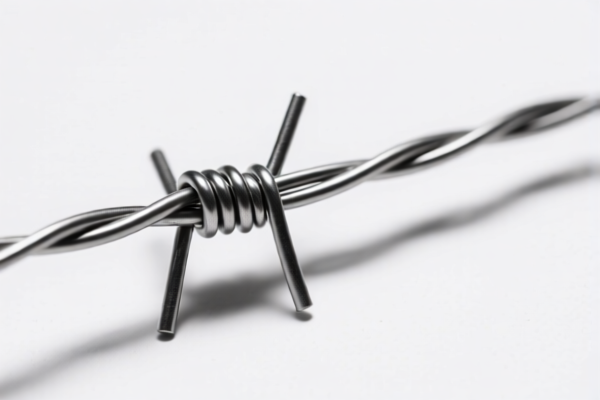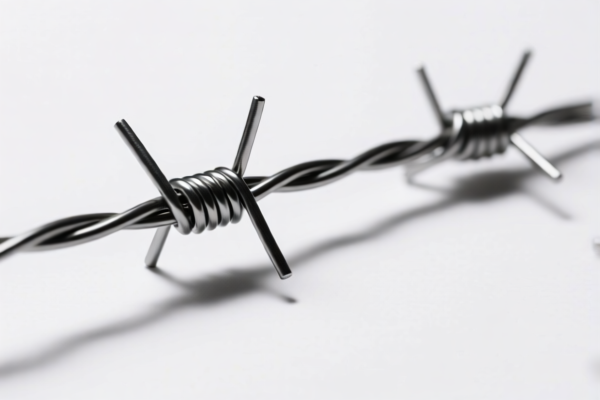| HS Code | Official Doc | Tariff Rate | Origin | Destination | Effective Date |
|---|---|---|---|---|---|
| 8203206030 | Doc | 12¢/doz. + 5.5%+55.0% | CN | US | 2025-05-12 |
| 8203206060 | Doc | 12¢/doz. + 5.5%+55.0% | CN | US | 2025-05-12 |
| 8205517500 | Doc | 58.7% | CN | US | 2025-05-12 |
| 8205595560 | Doc | 60.3% | CN | US | 2025-05-12 |




Wire Stripper
A wire stripper is a hand tool used to remove the cylindrical insulation from electrical wires in order to expose the metal conductor. This process is essential for connecting wires safely and reliably, whether for electrical repairs, installations, or prototyping.
Material
Wire strippers are commonly constructed from:
- Steel: Provides durability and strength for cutting and stripping. Often alloyed for increased hardness.
- Plastic/Rubber: Used for handles to provide a comfortable and insulated grip. Often molded directly onto the steel body.
- Carbide: Some higher-quality strippers utilize carbide inserts in the cutting jaws for extended lifespan and ability to cut through tougher wire coatings.
Purpose
The primary purpose of a wire stripper is to efficiently and safely remove insulation without damaging the underlying conductor. Damaging the conductor reduces its current-carrying capacity and can lead to electrical failures or hazards.
Function
Wire strippers function through a combination of cutting and stripping actions. Most models utilize precisely sized notches or holes that correspond to different wire gauges (AWG - American Wire Gauge). The wire is inserted into the appropriate notch, and the tool is squeezed, causing the insulation to be cut and stripped away. Some models feature self-adjusting mechanisms to automatically adjust to the wire gauge.
Usage Scenarios
- Electrical Wiring: Residential, commercial, and industrial electrical installations and repairs.
- Electronics Repair: Stripping wires for component connections, soldering, and troubleshooting.
- Automotive Work: Repairing and modifying automotive electrical systems.
- Networking: Preparing network cables for termination with connectors (RJ45, etc.).
- Prototyping: Creating and testing electronic circuits.
Common Types
- Manual Wire Strippers: The most common type, requiring manual squeezing action.
- Notched Strippers: Feature multiple notches for different wire gauges.
- Automatic Wire Strippers: Automatically adjust to the wire gauge, simplifying the stripping process.
- Side Cutting Strippers: Combine stripping and cutting functions in a single tool.
- Wire Stripping Pliers: Pliers with a built-in stripping function, offering versatility.
- Rotary Wire Strippers: Utilize a rotating blade to strip the insulation, suitable for repetitive tasks.
- Coaxial Cable Strippers: Specialized tools designed for stripping coaxial cables, maintaining precise dimensions for connector attachment.
- Fiber Optic Strippers: Used for removing the protective coating from fiber optic cables, requiring specialized techniques to avoid damaging the delicate glass fiber.
Wire strippers fall under the category of hand tools used for removing the insulation from electrical wires. Based on the provided information, the following HS codes are relevant:
- 8203206030: This HS code covers Files, rasps, pliers (including cutting pliers), pincers, tweezers and similar tools, and parts thereof; Pliers (including cutting pliers), pincers, tweezers and similar tools, and parts thereof; Other; Other (except parts); Pliers. Wire strippers, functioning as a type of pliers, would fall under this classification. The applicable tax rate is a base tariff of 12¢/doz. + 5.5%, with an additional 25.0% duty, increasing to 30% after April 2, 2025, resulting in a total tax rate of 12¢/doz. + 5.5% + 55.0%.
- 8203206060: This HS code also covers Files, rasps, pliers (including cutting pliers), pincers, tweezers and similar tools, and parts thereof; Pliers (including cutting pliers), pincers, tweezers and similar tools, and parts thereof; Other; Other (except parts); Other. As a type of pliers, wire strippers could also be classified under this code. The applicable tax rate is a base tariff of 12¢/doz. + 5.5%, with an additional 25.0% duty, increasing to 30% after April 2, 2025, resulting in a total tax rate of 12¢/doz. + 5.5% + 55.0%.
- 8205595560: This HS code covers Handtools (including glass cutters) not elsewhere specified or included; blow torches and similar self-contained torches; vises, clamps and the like, other than accessories for and parts of machine tools or water-jet cutting machines; anvils; portable forges; hand- or pedal-operated grinding wheels with frameworks; base metal parts thereof; Other handtools (including glass cutters) and parts thereof; Other; Of iron or steel Other (including parts). If the wire stripper doesn't clearly fit within the pliers category, it may be classified as another hand tool made of iron or steel. The applicable tax rate is a base tariff of 5.3%, with an additional 25.0% duty, increasing to 30% after April 2, 2025, resulting in a total tax rate of 60.3%.
It is important to note that the final classification will depend on the specific characteristics of the wire stripper, including its material composition and intended use.
Customer Reviews
No reviews yet.